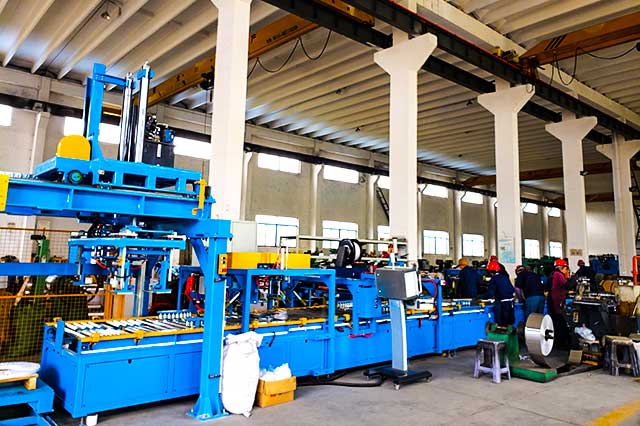Zinc alloys are a group of materials that are made up of zinc as the primary component, along with other alloying elements like aluminum, copper, magnesium, and others. These alloys are widely used in a variety of applications due to their unique properties such as low melting point, excellent castability, and high strength-to-weight ratio. In this article, we will discuss the different types of zinc alloys, their pros and cons, and their various applications.
Top 4 Types of Zinc Alloys
- Zamak Alloys – These are the most commonly used zinc alloys and are composed of zinc, aluminum, magnesium, and copper. They have excellent castability, high dimensional stability, and good corrosion resistance.
- Zinc-Aluminum Alloys – These alloys have a higher aluminum content than Zamak alloys and are known for their superior strength and hardness. They are commonly used in the automotive industry for engine components and for building hardware.
- Zinc-Copper Alloys – These alloys have a higher copper content than Zamak alloys and are used for their excellent wear resistance and electrical conductivity. They are commonly used in electronic connectors and switches.
- Zinc-Nickel Alloys – These alloys have excellent corrosion resistance and are commonly used for coatings on steel parts in the automotive and aerospace industries.
Pros of Zinc Alloys
- Low melting point – Zinc alloys have a low melting point, which makes them easy to melt and cast into complex shapes.
- High strength-to-weight ratio – Zinc alloys are lightweight but have high strength, making them ideal for use in applications where weight is a concern.
- Good corrosion resistance – Zinc alloys have good corrosion resistance, especially when compared to other metals like steel and iron.
- Excellent castability – Zinc alloys have excellent castability, meaning they can be cast into complex shapes with high precision.
- Recyclable – Zinc alloys are highly recyclable, making them a sustainable choice for manufacturing.
Cons of Zinc Alloys
- Low melting point – While the low melting point is an advantage for casting, it can also be a disadvantage in applications where high temperatures are present.
- Limited temperature range – Zinc alloys have a limited temperature range, which can limit their use in high-temperature applications.
- Poor wear resistance – Some zinc alloys have poor wear resistance, which can limit their use in applications where friction is present.
- Limited ductility – Zinc alloys have limited ductility, which can limit their use in applications where the material needs to be formed or bent.
Five Major Applications of Zinc Alloys
- Automotive – Zinc alloys are used in the automotive industry for various components such as steering wheels, door handles, and engine components.
- Building hardware – Zinc alloys are used for building hardware such as locks, hinges, and handles.
- Electronic connectors – Zinc-copper alloys are commonly used in electronic connectors and switches due to their excellent electrical conductivity.
- Coatings – Zinc-nickel alloys are used for coatings on steel parts in the automotive and aerospace industries due to their excellent corrosion resistance.
- Jewelry – Zinc alloys are used in jewelry making due to their low cost and ease of casting into complex shapes.
Final Words
Zinc alloys are a versatile group of materials that offer a range of unique properties, making them ideal for a variety of applications. With their low melting point, high strength-to-weight ratio, and excellent castability, they are a popular choice for manufacturing. While they do have some limitations, their recyclability and sustainability make them a responsible choice for businesses looking to reduce their environmental impact.

